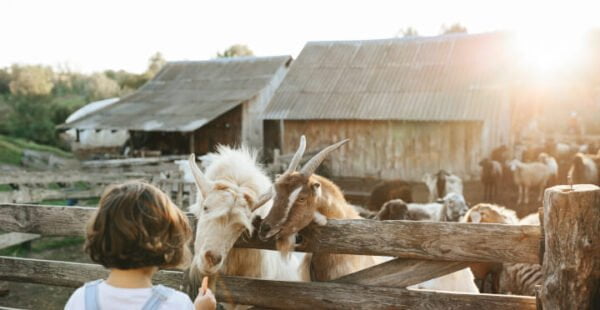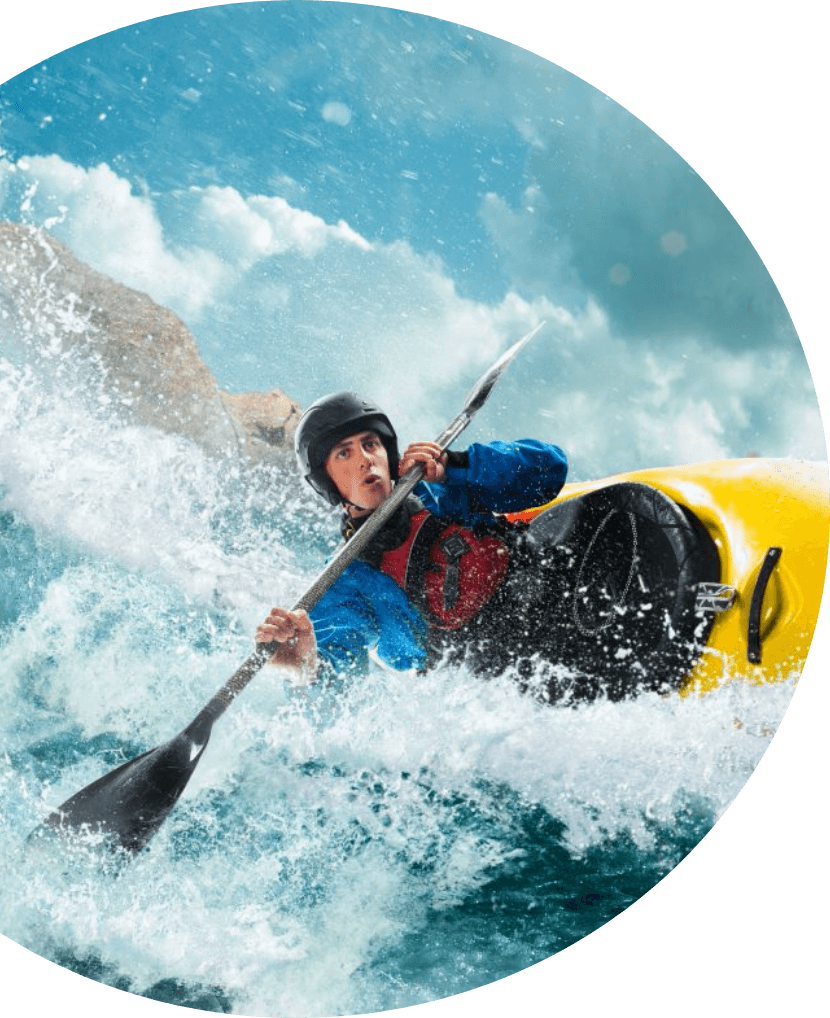8 Tips for a Smooth Tourism Restart in Your Destination

This year tourist arrivals are expected to reach close to pre-pandemic levels in many destinations. This is great news for destination managers, isn’t it? Maybe not for all of them.
After a long period of travel restrictions, locals got used to living their lives without the presence of visitors. This absence of tourists has changed the pace of life in many communities.
Readapt to the old reality will be a challenge. For this reason, we prepared a few tips to help destination managers make their host communities tourism-friendly again.
Why it is important to discuss the return of tourism with the host community

City administrators and travel companies can’t wait to see tourists flocking to their destination again. But a sudden return of tourists might do more harm than good if not well planned.
The displacement of locals due to short-term rentals, overcrowding, limited access to cultural places, and overload of urban infrastructure are some of the issues locals don’t want back with the arrival of travelers.
That might be the case in Venice. The city was suffering from overtourism and the impact of cruises before the pandemic. As a result, in a self-managed referendum held in 2017, almost 99% of Venetians voted to ban cruises from their city.
This is just an example that locals should be involved in the reopening of tourism. Their claims and concerns must be considered when destination marketers and managers plan the development of tourism to avoid episodes of tourism-phobia.
To foster a sense of community and good hospitality, the first step is to earn the confidence of community stakeholders. If you are a DMO, better do that before the high season starts this year.
Tourism recovery in 2022
According to the European Travel Commission, “Europe recorded a 62% decrease in international tourist arrivals in 2021 over 2019 levels, with Omicron disrupting recovery at the end of last year”.
By 2022, the organization predicts that tourist arrivals will be only 20% below pre-pandemic levels. That’s a great improvement compared to last year.
Regarding the American tourism sector, The World Travel & Tourism Council (WTTC) has released economic modeling projecting that it could reach almost $2 trillion in U.S. GDP, exceeding pre-pandemic levels by 6.2%.
These are good signs that travel is getting back to the line. But do locals really want tourism how it was before?
Positive and negative impacts of tourism

To start a dialog with the host community, it is important to have in mind the positive and negative impacts of tourism.
The advantages of tourism:
- Preservation and promotion of local culture and traditions.
- Meeting different cultures and breaking stereotypes.
- Improvement of local facilities and infrastructure. For example, better education, health care, public transportation.
- More leisure options.
- Revitalization of urban and rural areas.
- New job positions and economic growth.
On the other hand, the disadvantages are:
- Disturbance of local culture by contact with outside culture.
- Overcrowding. This combined with poor infrastructure can limit the access of locals to the public spaces, culture, and transportation.
- Higher consumption of natural resources. More pollution, erosion and endangering of local species.
- Shortage in the housing offer for residents due to short-term rentals for travelers.
Destination marketers should have a plan to communicate the advantages and work on the disadvantages in order to create a good environment for locals and tourists.
What DMOs can do to make host communities tourism-friendly
Below you can find some tips and actions destinations managers can take in order to plan tourism for this year’s season.
1. Carrying out a survey to understand the local community sentiment towards tourists
Before taking any action, it’s very important to know what locals think about tourism and what they expect from a reopening. Conducting a survey is a good way to measure this sentiment.
Questions you can ask:
- Do you want tourists here? If so, why?
- From 0 to 10, how comfortable are you with the presence of visitors in our city?
- Do you see tourism as something positive for our location?
- Do you want the tourism activity as before? If not, why?
- Do you think tourism reopening could affect the current COVID situation in our community?
After carefully analyzing the answers, destination marketers will be able to think of the best approach to reopen tourism in their destination.
2. Finding the ideal tourist profile
Use the answers collected on the survey to define an ideal tourist profile for your destination.
Depending on the local community sentiment, there are types of tourists they will be more likely to welcome in the upcoming season.
- Domestic travelers
- International travelers
- Leisure travelers
- Business travelers
You need to find out which is the ideal tourist profile for your destination in order to attract them. Keep in mind that different traveler profile has different needs.
Does your destination have enough hotel rooms and event spaces for business travelers? This is something you should ask your team before targeting business travelers.
3. Creating a communication plan of the advantages and disadvantages of tourism
The host community will only be open to tourism if they perceive value in it. It’s very important to communicate all the benefits of tourism, not only the economic aspect of it.
Invite community leaders to talk about tourism reopening and show that destination leaders are committed to making the tourism income impact the largest number of people possible.
If you can show tourism can be beneficial to everyone, chances are locals to be open to welcoming visitors again.
4. Investing in hygiene and health precautions
Two years of the pandemic have shown us that variants of concern can surge at any time. Hygiene and health precautions in the tourism industry are very important to create a safe environment for locals and prevent the spread of these new variants.
Destinations can create barriers for non-vaccinated visitors and also intensify surveillance of hygiene standards during high season.
5. Educating the local community
Education is the ultimate tool to infuse empathy and break stereotypes. These are some limiting factors for the host community when receiving foreigners, especially if they have a culture that is completely different from the locals.
Depending on the type of tourists your destination receives, offering a free class about their country and culture is a good idea. You can do that in the form of a free webinar.
You can also use the official social media channels of your destination to educate locals. Sharing a post on Instagram about a different culture is entertaining and also informative.
6. Opening of places that are exclusive to the local population
Locals might be excluded from cultural activities and other attractions in destinations receiving visitors above their capacity. This is a side effect of the growing demand generated by tourism.
In popular destinations, tickets to shows, activities and other events are more expensive than the average, if you find available tickets to buy.
Mitigate this issue by opening places that are exclusive to residents or offering discounts to them.
7. Directing travelers towards off the beaten track
The lack of information about a destination can result in crowds, especially around popular attractions.
It is important to inform travelers about hidden gems and less popular points of interest to better distribute tourists inside the destination.
This is something destination marketers should do from the beginning of the travel journey. Implementing a travel marketplace with all the points of interest inside a destination is a good way to do that.
8. Focusing on a gradually and sustainable return of tourism
A gradual reopening could be the solution if locals show concern about the problems related to tourism. At first focus on domestic travelers, and over time, start targeting other groups of travelers.
This will also give destination managers time to rethink the best approach for tourism in their location, and implement a better infrastructure to receive a larger and more diverse group of tourists.
Conclusion
It will not be an easy task convincing host communities of popular destinations to receive tourists back after two years of a travel freeze. To help you with that, we have listed several tips that could turn the host community more tourism-friendly.
The most important is to level with locals about the good and bad sides of tourism and show that in the end, all stakeholders will benefit from the reopening of tourism.
If you are thinking further and want to make your destination appealing for the post-pandemic traveler, check out SmartDestination.Travel and discover how this initiative can help you turn your location into a destination of the future.




